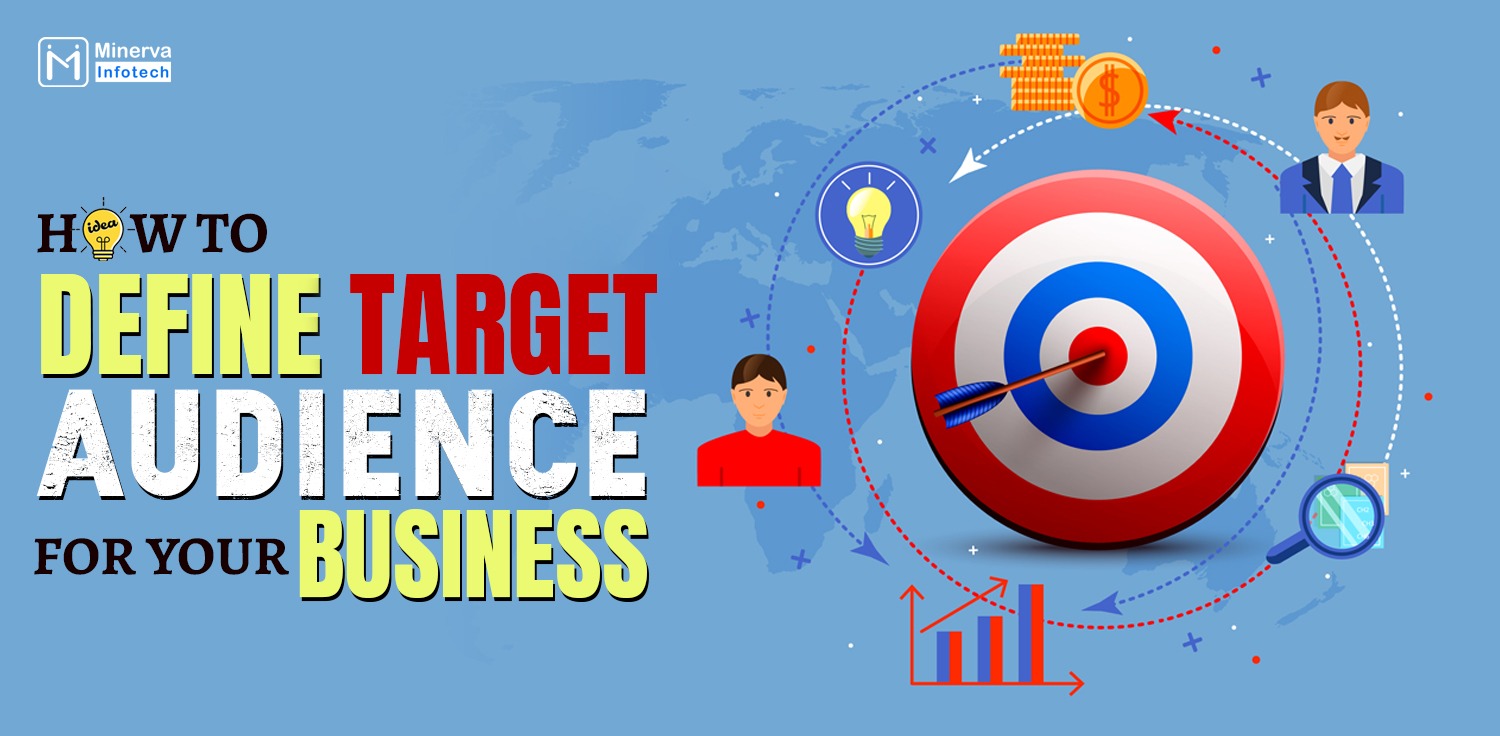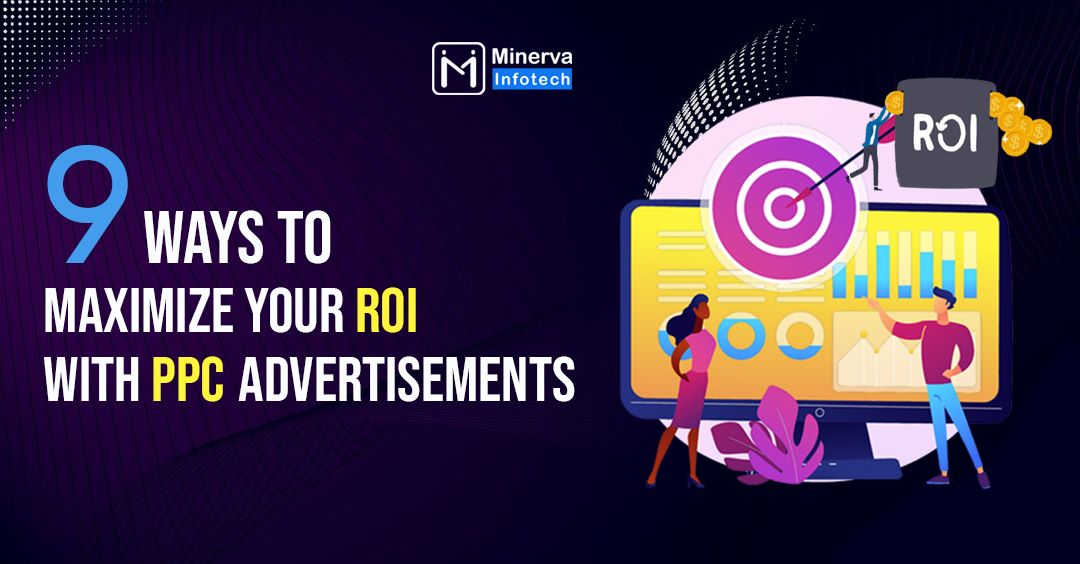Last Updated on May 25, 2023 by Minerva
Did you know? 70% of consumers say they are more likely to buy from a company that understands their needs!
In today’s competitive marketplace, it is more important than ever for you to define your target audience.
By understanding your customers and tailoring your marketing efforts to their needs and preferences, you can effectively engage with them and drive growth.
By following these steps, you can accurately define your target audience.
Table of Contents
How To Define Your Target Audience For Your Business?
1. Research Your Product or Service
To define your target audience, start by thoroughly researching your product or service.
Understand its USPs, benefits, and how it stands out in the market.
This knowledge will help you identify the specific problem or need your offering addresses, giving you a foundation to build upon.
Also Read- PAID OWNED & EARNED MEDIA- WHAT ARE THE DIFFERENCES?
2. Conduct Market Research
Market research is an important step in defining your target audience.
Study your competitors, industry trends, and customer preferences.
Look for gaps or untapped opportunities in the market that your product or service can fulfill.
This research will provide valuable insights into the existing customer base and help you identify potential segments to target.
There are 4 types of segmentation –
- Demographic
- Geographic
- Psychographic
- Behavioural
You can segment your audience based on what works best for you.
Those segments will fall under one of these types.
Demographic Segmentation
Breaking the audience market on the basis of age, gender, race, income, etc. is demographic segmentation.
If you are a B2B company, then you can break your audience market based on the number of employees, number of customers, number of offices, annual revenue, etc.
These demographics mainly focus on other companies, so we can also categorize this segmentation as firmographic segmentation.
Geographic Segmentation
Breaking the audience market based on geographic locations like local, regional, state-wise or country-wise is geographic segmentation.
You can also segment your audience based on their online presence.
Do your audience frequent search engines, or do they spend their time on social media mostly?
This segmentation can also be considered a part of geographic segmentation.
Psychographic Segmentation
Breaking your audience market based on their lifestyle, personalities, interests, values, and opinions is psychographic segmentation.
This type of segmentation is hard to achieve as you need to understand your audience on a psychological level, which is challenging.
But once you succeed, this segmentation provides the most effective results.
Behavioral Segmentation
Breaking your audience market on the basis of market data, decision-making patterns of audiences and their actions is behavioral segmentation.
This type of segmentation is very important as people tend to follow a pattern when it comes to buying a product or service.
Considering these patterns and breaking your audience market based on them can prove effective.
3. Refine Your Target Audience
Refine your target audience based on the research and analysis you have conducted.
Focus on segments that align closely with your product or service and offer the greatest potential for success.
It’s important to be specific rather than trying to appeal to a broad audience.
A well-defined target audience allows you to customize your marketing efforts for maximum impact.
Also Read- WHY PERFORMANCE MARKETING IS IMPORTANT IN 2023?
4. Create Buyer Personas
To further understand and visualize your target audience, develop buyer personas.
These are detailed profiles that represent fictional individuals who embody the characteristics of your ideal customers.
Include demographic, geographic, psychographic, and behavioral information in your personas.
Buyer personas help you empathize with your target audience and make informed decisions when creating marketing campaigns.
5. Test and Adapt
As with any business strategy, testing and adaptation are crucial.
Implement your targeted marketing efforts and gather feedback.
Conduct surveys, interviews, or focus groups to validate your assumptions and refine your strategies accordingly.
Stay open to learning from your audience and adjust your approach based on their responses.
Conclusion: Steps to Define Your Target Audience
Defining and reaching your target audience is a continuous process that requires research, analysis, and adaptation.
You can develop a tailored marketing strategy that effectively engages with your customers by segmenting your audience based on demographics, geography, psychographics, and behaviors.
Remember to stay flexible, regularly reassess your target audience, and adapt your strategies as your business evolves.
Unlocking the power of a well-defined target audience is the key to driving success and growth in your business.
Looking For A Result Driven Digital Marketing Agency?

Minerva Infotech is a trusted provider of comprehensive 360-degree digital marketing solutions to global businesses. With our expertise spanning over 15 years and a remarkable track record of serving 250+ clients across 19+ countries, we are dedicated to crafting personalized digital strategies that maximize your return on investment (ROI) and ensure your brand shines in the digital landscape.









